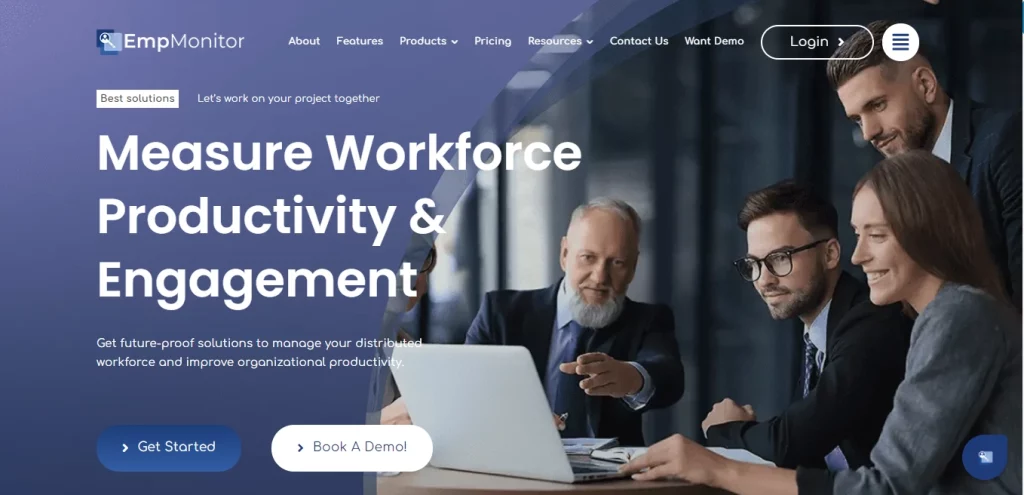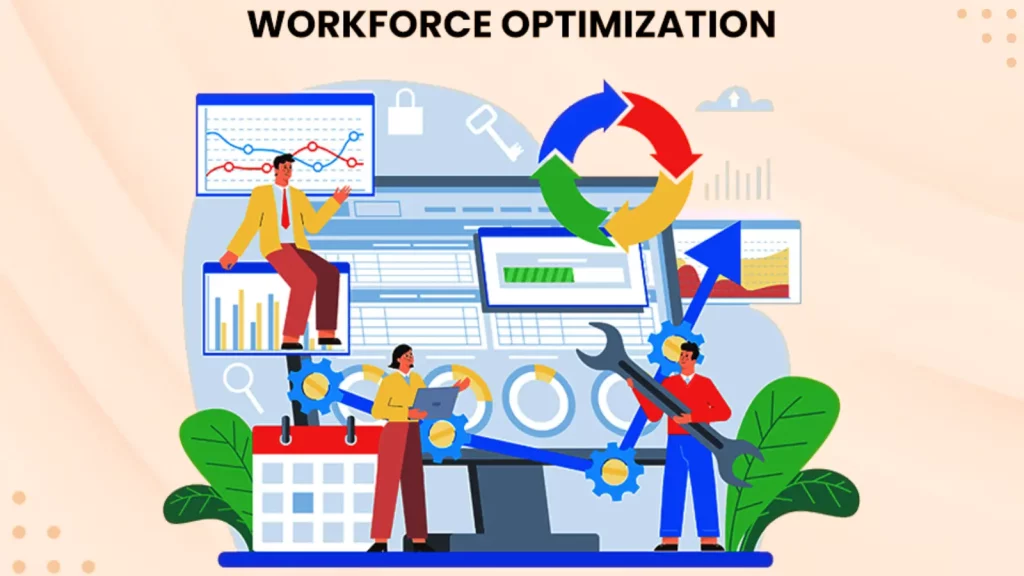Leveraging Workforce Optimization to Drive Innovation
In today's aggressive job industry, retaining prime skill is more
essential than ever. Large turnover charges may be expensive and
disruptive, impacting production and morale. One efficient method to
enhance employee maintenance is through workforce optimization. This
approach centers on maximizing the efficiency and pleasure of workers by
aiming their skills and interests with the requirements of the
organization. In that post, we'll examine how workforce optimization can push staff retention and provide useful strategies for implementation.
Knowledge Workforce Optimization
Workforce
optimization requires leveraging information and engineering to improve
the efficiency and effectiveness of your workforce. It encompasses a
range of actions, including worker scheduling, efficiency management,
and talent development. By optimizing these aspects, businesses can
create an even more involved and productive workforce, ultimately
leading to raised preservation rates.

The Role of Information in Workforce Optimization
Knowledge represents an essential role in workforce optimization. By examining employee performance metrics, organizations may identify trends and styles that affect retention. As an example, information can disclose which workers are vulnerable to leaving and why. Armed with this specific data, HR specialists can build targeted interventions to address the main dilemmas and improve retention.
Arrangement for Success
Effective scheduling is a crucial component of workforce optimization. By aiming worker schedules using their choices and accessibility, agencies may minimize burnout and increase job satisfaction. Furthermore, variable scheduling choices, such as for example rural function or squeezed workweeks, can help personnel achieve better work-life harmony, further enhancing retention.
Performance Administration and Feedback
Typical efficiency evaluations and feedback are important for workforce optimization. Employees who obtain constructive feedback and acceptance because of their initiatives are more likely to experience appreciated and engaged. Employing a robust performance administration program can help agencies monitor development, set objectives, and offer continuous support to employees, fostering a culture of constant improvement.

Talent Progress and Job Development
Investing in worker development is a powerful maintenance strategy. Workforce optimization helps companies identify talent gaps and give targeted training and growth opportunities. By providing workers distinct pathways for job growth and improvement, companies may raise work pleasure and respect, reducing turnover rates.
Conclusion
Workforce optimization is really a important technique for enhancing worker retention. By leveraging knowledge, optimizing scheduling, and purchasing performance management and skill progress, organizations can produce a far more employed and successful workforce. Consequently, this leads to higher preservation prices, paid off turnover expenses, and a stronger, more sturdy organization. Start applying workforce optimization strategies nowadays and appreciate the benefits of a happier, more committed workforce.
Comments
Post a Comment